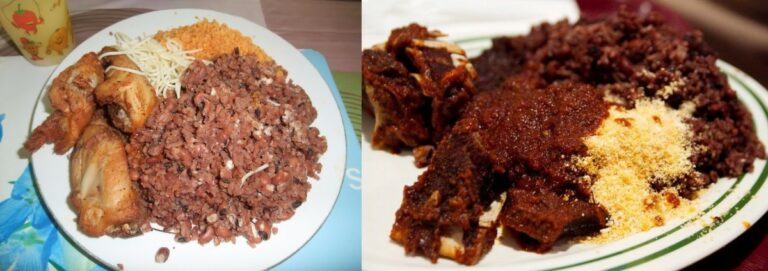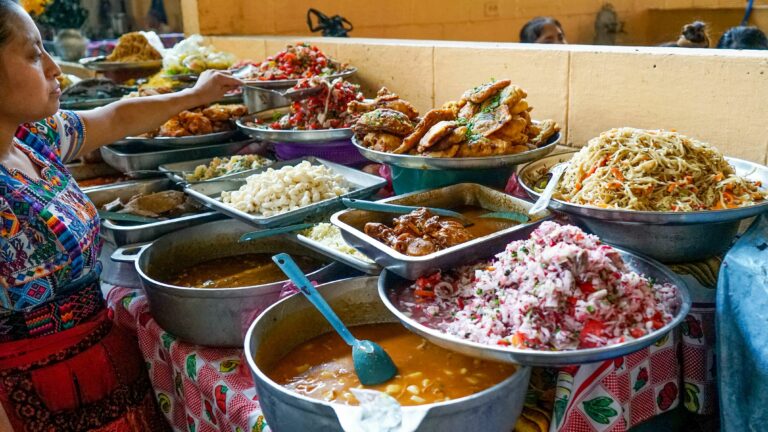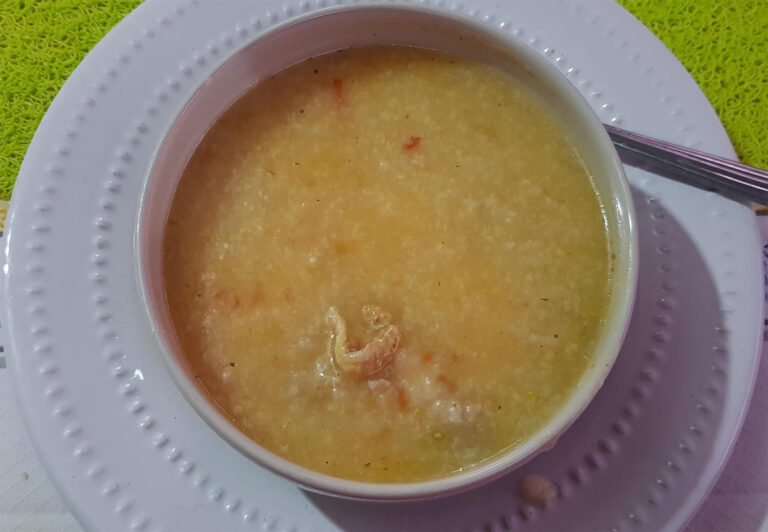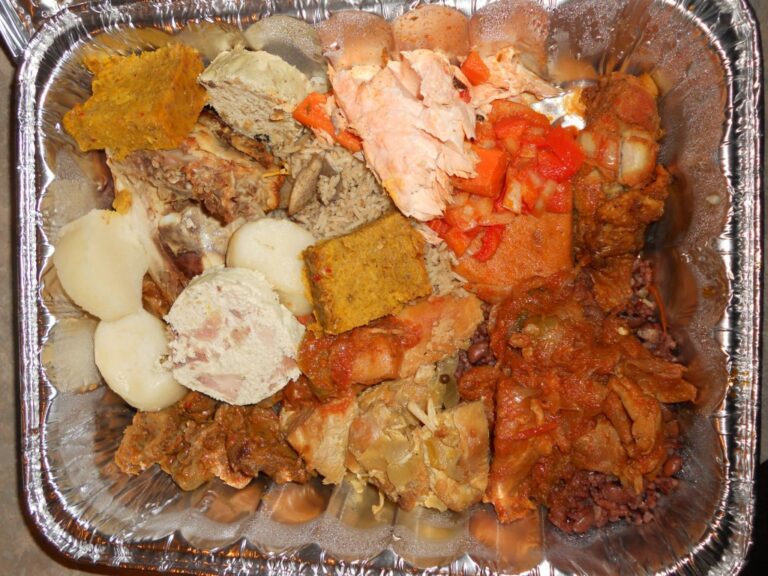Introduction: Georgian Cuisine Overview
Georgian cuisine is known for its rich flavors and unique combinations of ingredients. It has been influenced by various cultures throughout history, including Persian, Ottoman, and Russian. Georgian cuisine boasts a wide range of dishes, from hearty meat stews to delicate pastries, and is often accompanied by traditional Georgian wine.
Regional Differences in Georgian Cooking
Despite the diverse range of dishes in Georgian cuisine, there are also many regional specialties that differ based on geography and local ingredients. Each region in Georgia has its own unique food traditions and techniques, resulting in a varied culinary experience throughout the country.
The Influence of Geography on Cuisine
The geography of Georgia has played a significant role in shaping the country’s cuisine. The region’s location at the crossroads of Europe and Asia has led to a fusion of cultural and culinary influences. The country’s varied landscape, including mountain ranges, fertile valleys, and a coastline on the Black Sea, has also influenced the local ingredients and cooking techniques used in different regions.
Kakheti: A Hub of Wine and Cuisine
Kakheti is a region in eastern Georgia known for its wine production and rich cuisine. The region’s cuisine features hearty meat dishes, such as chakapuli, a lamb stew with tarragon and sour plum sauce. Kakheti is also known for its wide variety of breads, including shotis puri, a traditional flatbread baked in a clay oven.
Ajara: Coastal Seafood and Spices
Located on the Black Sea coast, the region of Ajara is known for its fresh seafood and bold spices. The local cuisine features dishes such as chakhokhbili, a spicy chicken stew with tomatoes and onions, and kharcho, a beef soup with walnuts and spices. The region is also famous for its Adjarian Khachapuri, a boat-shaped bread filled with cheese, egg, and butter.
Svaneti: Meat and Dairy in the Mountains
The mountainous region of Svaneti is known for its hearty meat and dairy dishes. The local cuisine features dishes such as kubdari, a savory pastry filled with spiced beef or pork, and chvishtari, a cornbread stuffed with cheese and butter. The region’s harsh climate and remote location have led to a culinary tradition of preserving and fermenting food, resulting in unique flavors and techniques.
In conclusion, Georgian cuisine is a diverse and flavorful culinary experience, with many regional specialties and influences. From the wine and meat dishes of Kakheti to the seafood and spices of Ajara, each region in Georgia offers its own distinct flavors and food traditions.






